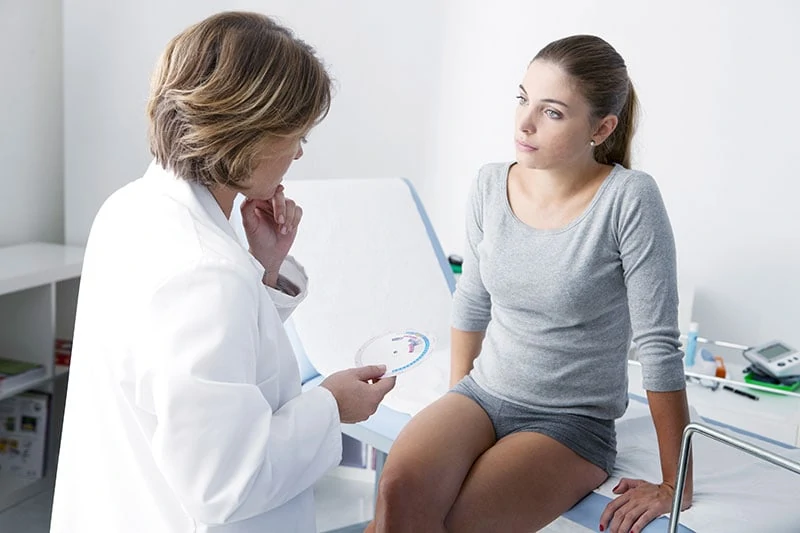A first visit to a gynecologist is a part of routine healthcare. Understanding the components of this appointment can help prepare for the experience. This visit establishes a baseline for your health and provides an opportunity to build a relationship with a healthcare provider.
Paperwork and History Review
The appointment typically begins with paperwork. You will provide information about your personal and family medical history, and this helps the provider understand your overall health. It is helpful to be thorough and honest, as this information allows the gynecologist to provide tailored care. This initial step is confidential and foundational for your medical record with the doctor.
Physical Examination Overview
Following the history review, a nurse or medical assistant will likely take your vital signs. This includes measuring your height, weight, and blood pressure. These measurements are routine for most medical check-ups and serve as beneficial health indicators.
The General Physical Assessment
The gynecologist will conduct a general physical exam. This may involve listening to your heart and lungs, checking your thyroid gland, and pressing on your abdomen. This assessment helps evaluate your overall health beyond gynecological concerns. It is a non-invasive part of the comprehensive examination process.
The Undraping Process
Before the pelvic and breast exams, the provider will leave the room, allowing you to undress in private. You will be given a gown or a sheet to cover yourself. This procedure is designed to respect your privacy and help make sure you are comfortable before the more specific examinations begin.
Pelvic and Breast Exam
The pelvic and breast exams are central components of a gynecological visit. The provider will first perform a visual and manual breast exam to check for any abnormalities. During these examinations, the provider will:
- Visually inspect the breast tissue and surrounding areas.
- Manually palpate the breasts to feel for any lumps or irregularities.
- Examine the external genital area.
- Conduct an internal examination of the vagina, cervix, uterus, and ovaries.
Health and Lifestyle Discussion
A significant portion of the visit is dedicated to conversation. This is your opportunity to ask questions about reproductive health, menstruation, birth control, or any other concerns. The gynecologist will also discuss your lifestyle, including diet, exercise, and sexual activity, to provide relevant health guidance. This dialogue is confidential and aims to support your well-being.
Reframe Negative Thought Patterns
It is common for individuals to feel anxious about a first gynecological exam. Some may have negative thoughts or fears based on stories from others or misconceptions about the process. Understand that gynecologists are medical professionals trained to provide the necessary healthcare and make sure patients are comfortable, so that you can approach the appointment with a more neutral and informed perspective.
Prepare for Your First Gynecologist Visit
Your first gynecologist appointment is a step in managing your health. The visit involves a review of your medical history, a series of physical examinations, and an open discussion with your provider. Knowing what to expect can alleviate concerns and help you feel more prepared. If you are ready to schedule your initial consultation, find a gynecologist near you.









